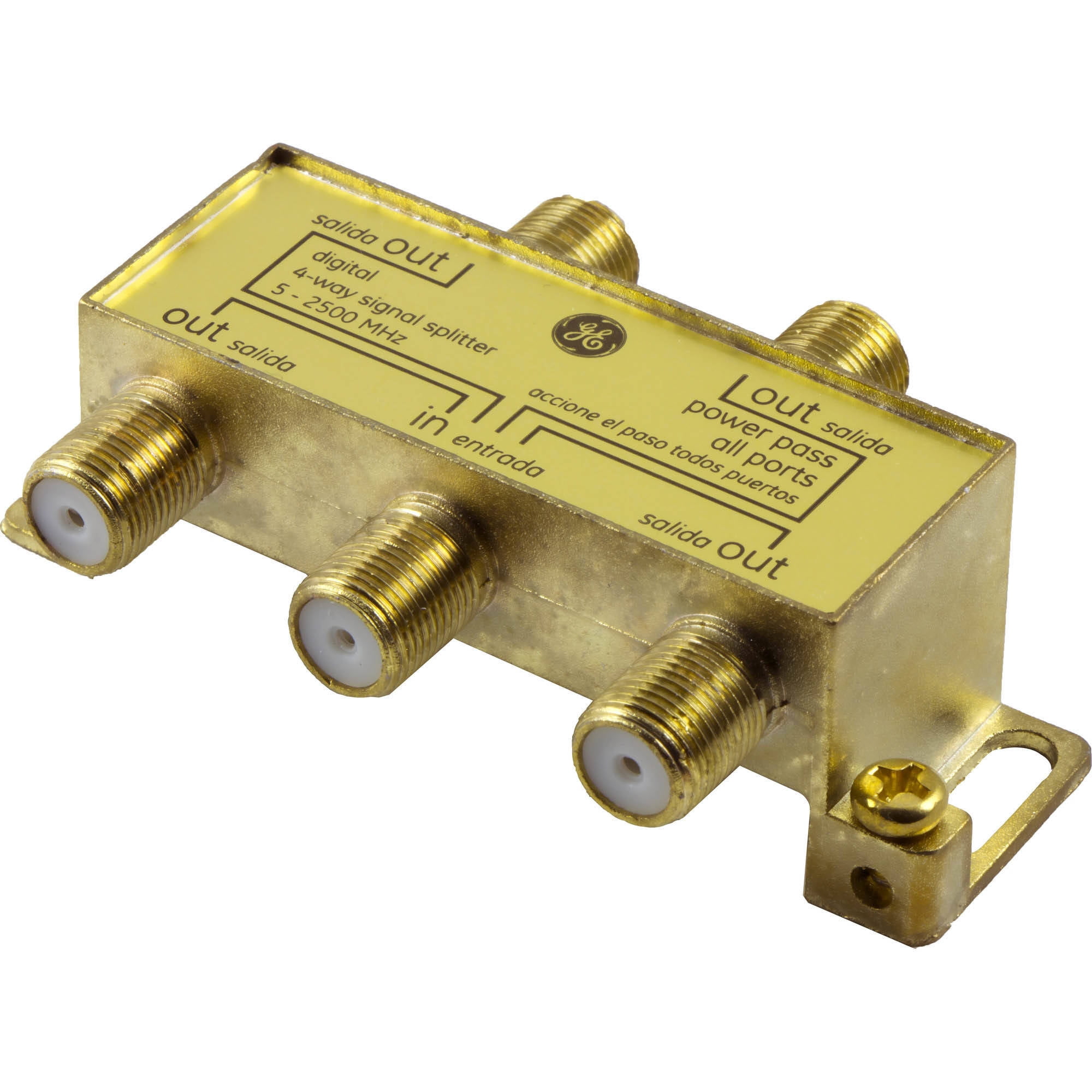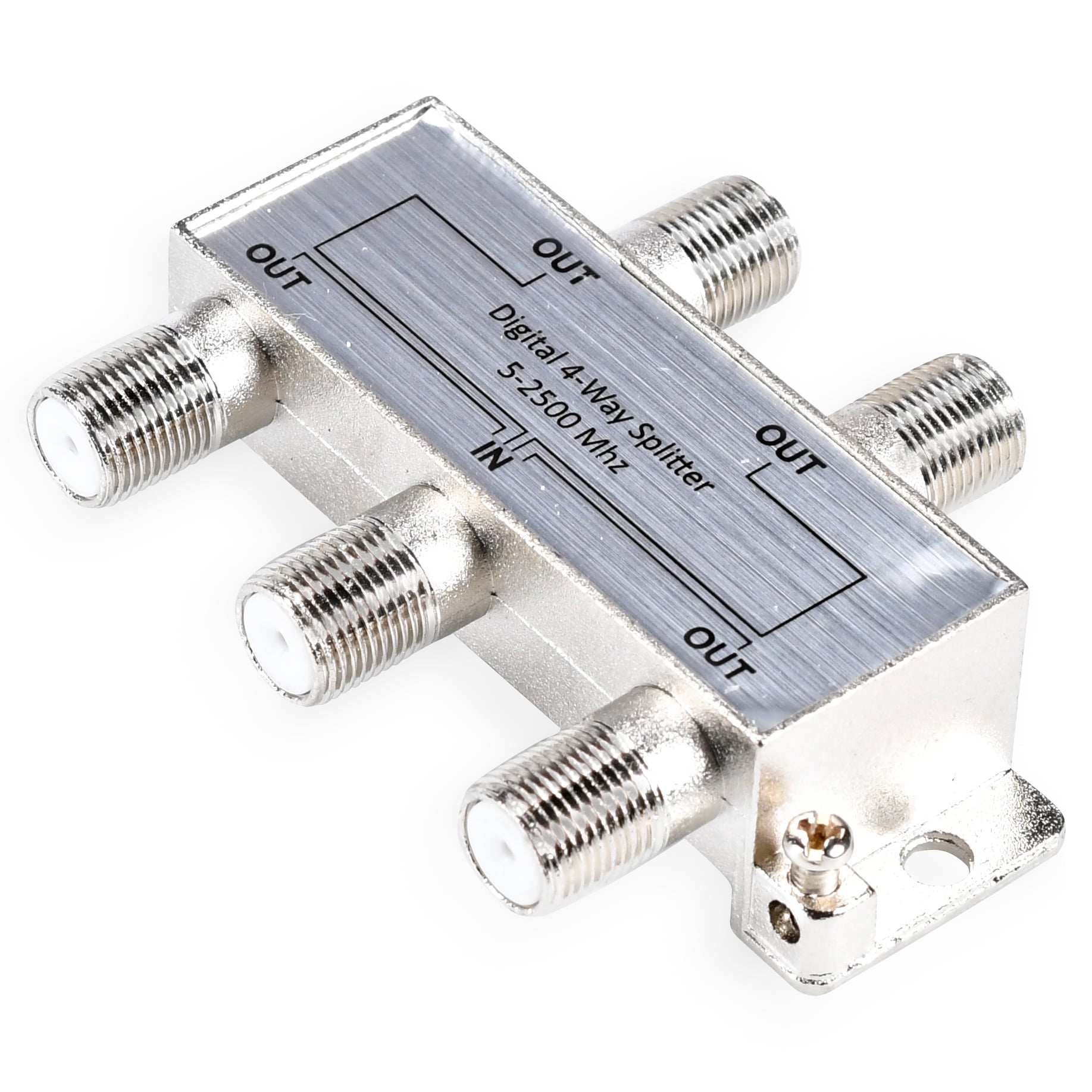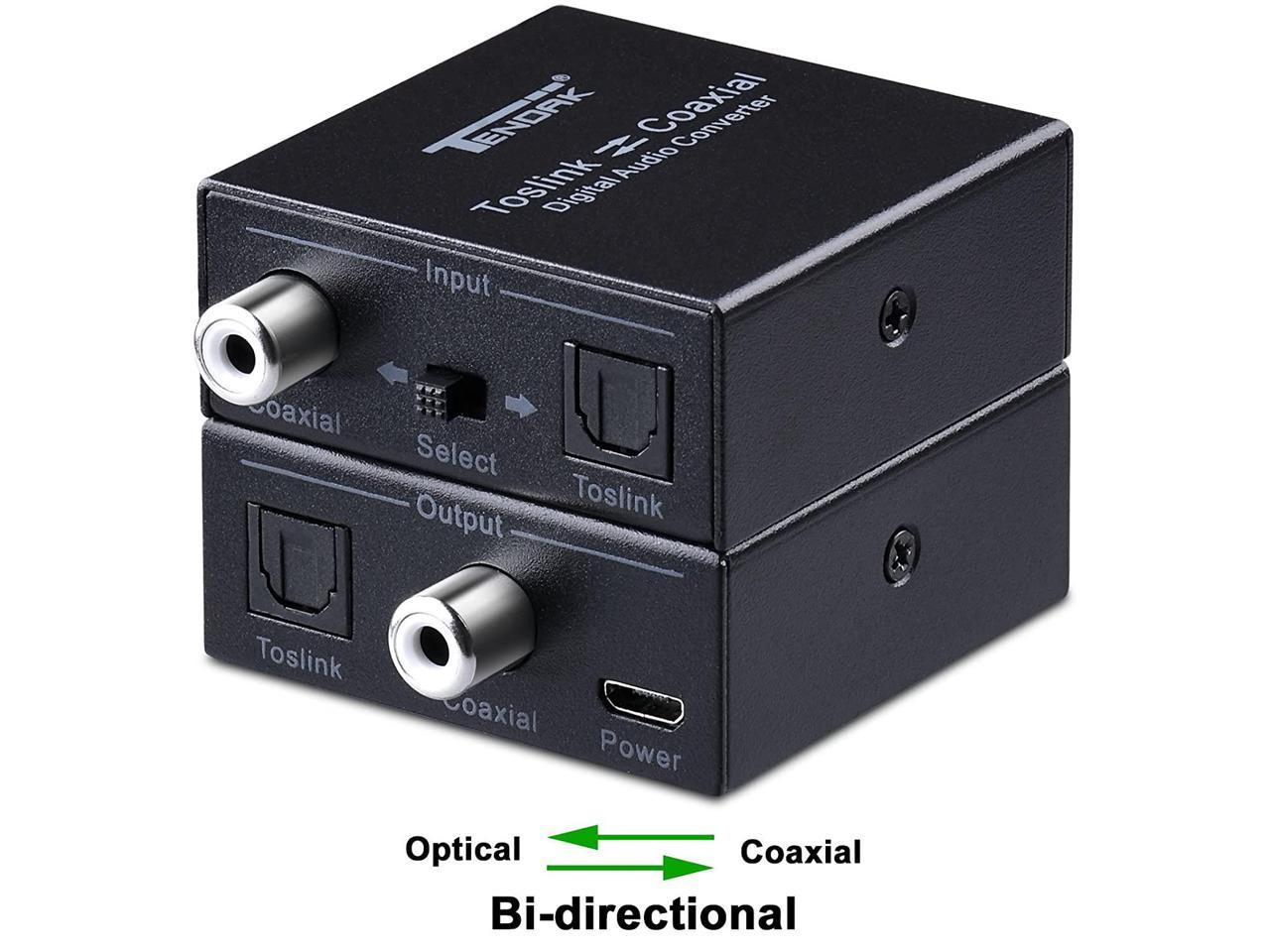

This privacy notice provides an overview of our commitment to privacy and describes how we collect, protect, use and share personal information collected through this site. Pearson Education, Inc., 221 River Street, Hoboken, New Jersey 07030, (Pearson) presents this site to provide information about products and services that can be purchased through this site. The longer the cable run, the worse the signal loss you may not notice May also notice interference from other electrical devices, including electric Of signal typically manifests itself in the form of stutteringĪudio-you're not getting all the digital bits on a consistent basis. To lose the signal over long distances, due to the lack of shielding. If you do connect a standard RCA audio cable, you'll find that you start Impedance and a wider frequency bandwidth than the thinner, unshielded RCAĬable. A traditional RCA cable isn't shielded, nor does it have theīandwidth that coaxial cable provides. Tempted to use a standard analog RCA audio cable to make a digital connection. $10 or more for a six-foot digital coaxial cable, as compared to a buck or two Notice about digital coaxial cable versus traditional audio cable is the cost.īecause you're dealing with a thicker, shielded cable, digital coax costs quiteĪ bit more than what you're used to paying for a standard RCA cable. Through the copper wire at the heart of the coaxial cable. Visibly, a digitalĬoaxial cable looks like a coaxial cable with RCA connectors on each end (seeĭigital coax transmits signals electrically. Typical audio cable, however, because it uses the same type of shielded coaxialĬable you use to connect your television to your cable box. The digital coaxial cable is thicker than a Aĭigital coaxial connector looks like an RCA connector, but it transmits digitalĭata instead of analog signals.

I might just make that part of the A/B or A/B/C comparison.The most common type of digital audio connection is coaxial digital. Maybe my misguided opinion but now that you mention it I think I have a optical splitter somewhere around here. I believe this would also apply to an optical splitter similar to the one you suggest. The Vault2i ALSO has an optical OUT but like many others I believe the sound quality is not up to the coaxial. That was my thought going the y-splitter rout. It may not work, but it won't hurt anything either (just don't use cables over 15 meters, and even that won't hurt but you may not get a signal).Ĭan you use optical for the test? There are S/PDIF optical splitters for a few $ (Monoprice has one).

So, you might get away with a Y-splitter that you suggested, but I would get a cheapo - the reflection issue will overwhelm any advantage of fancy copper for your tests. At the frequencies of SPDIF (about 3 MHz), the wavelength in cable is roughly 70 meters - the reflected phase will be nearly the same as the outgoing phase for 1 meter cable back at the source (meaning no problem).

If you don't match impedances you will have a reflection problem (like light reflecting air to water, but less dramatic). A cable type splitter is best (but the one above won't pass SPDIF signals - the low end starts at 5 MHz).


 0 kommentar(er)
0 kommentar(er)
